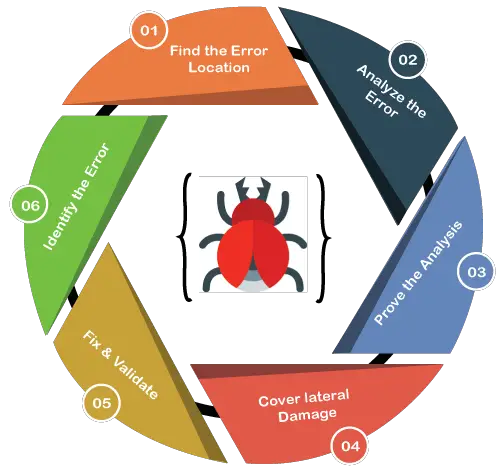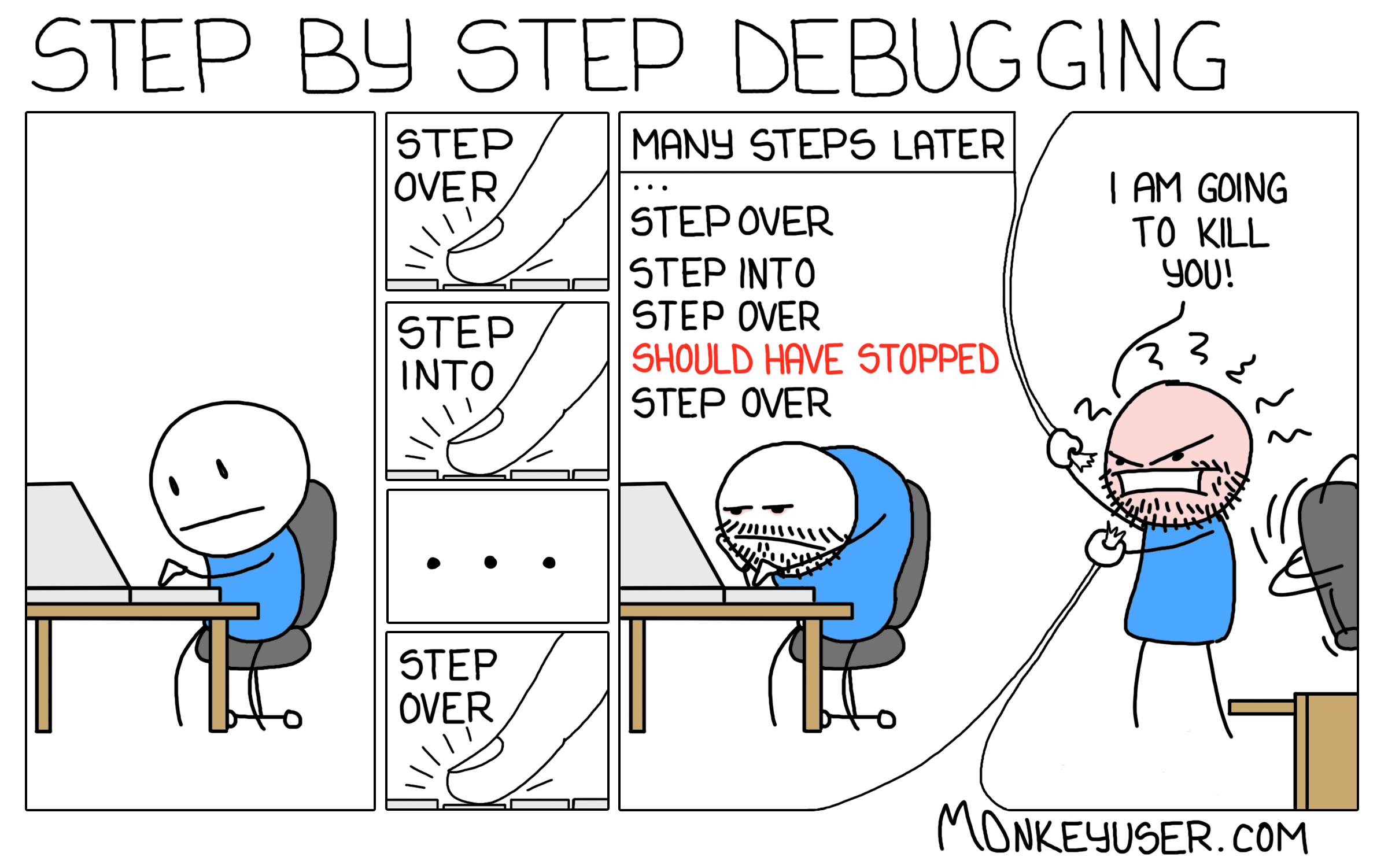Debugging ‘Lost Connection to MySQL Server’ Issues

Causes:

- Incorrect MySQL connection settings
- Network issues
- Load balancer configuration
- Database server overload
- Slow queries
Troubleshooting Steps:

-
Check MySQL Settings:
- Ensure the MySQL host, username, password, and database name are correct.
- Verify that remote connections are enabled for the application user.
-
Test Network Connectivity:
- Ping the MySQL server from the application server to check for connectivity.
- Use a network trace tool to monitor network traffic and identify potential issues.
-
Examine Load Balancer Configuration:
- Configure the load balancer to properly distribute requests across multiple MySQL servers to avoid overloading a single instance.
- Check the load balancer logs for any connection errors.
-
Monitor Database Server Load:
- Use tools like MySQL’s
SHOW PROCESSLISTcommand or third-party monitoring tools to track database load. - Identify any long-running queries or resource-intensive processes that may be causing a bottleneck.
- Use tools like MySQL’s
-
Optimize Slow Queries:
- Use MySQL’s
EXPLAINcommand to identify inefficient queries. - Optimize queries by creating indexes, using proper data types, and avoiding subqueries.
- Use MySQL’s
-
Check for Error Logs:
- Review application and MySQL error logs for any additional information about the connection issue.
- Look for specific error messages, such as “Lost connection to MySQL server during query” or “Too many connections”.
Additional Considerations:
- Ensure that the MySQL server is running and accepting connections.
- Check the MySQL firewall settings to make sure inbound connections are allowed.
- Update the MySQL client and server versions to the latest stable releases.
- Use connection pooling to reduce the number of connections created and closed frequently.
- Implement retry logic in the application to automatically handle transient connection issues.# Debugging ‘lost Connection To Mysql Server’ Issues
Executive Summary
Unexpected and intermittent database connection loss is a serious issue that can severely impact website performance and user satisfaction. This article provides a comprehensive guide to debugging and resolving ‘lost connection to MySQL server’ issues, empowering you with a systematic approach to identify and устранить неполадки.
Introduction
MySQL is a widely used and powerful database management system that plays a crucial role in many web applications. However, occasional errors such as ‘lost connection to MySQL server’ can disrupt operations and leave users frustrated. This error can have various causes, and addressing them effectively requires a thorough understanding of the underlying factors.
Subtopics
1. Incorrect Credentials
- Description: Invalid or incorrect database user credentials can prevent successful connection to the MySQL server.
- Important Pieces:
- Verify that the database username and password are entered correctly in the connection parameters.
- Ensure that the user has sufficient privileges to connect to the database.
- Check if the MySQL user is locked or disabled.
2. Network Issues
- Description: Communication issues between the web application and the MySQL server can result in connection loss.
- Important Pieces:
- Test network connectivity between the application and database servers.
- Ensure that there are no firewalls or other network devices blocking the connection.
- Check if the MySQL server is listening on the expected port.
3. Server Overload
- Description: Excessive load on the MySQL server can lead to resource exhaustion and connection problems.
- Important Pieces:
- Monitor server resource utilization, such as CPU and memory usage.
- Optimize database queries and reduce unnecessary load on the server.
- Consider scaling the MySQL server or adding additional resources.
4. Configuration Issues
- Description: Incorrect or incompatible MySQL configuration settings can cause connection failures.
- Important Pieces:
- Ensure that the MySQL configuration file (my.cnf) is properly configured with the correct host, port, and socket settings.
- Check for any conflicts or errors in the configuration file.
- Restart the MySQL server after making any configuration changes.
5. Database Errors
- Description: Errors within the MySQL database itself, such as corrupted tables or missing indexes, can disrupt connections.
- Important Pieces:
- Check for error messages in the MySQL error log.
- Run database repair and maintenance tasks to fix any detected issues.
- Optimize database performance by creating indexes and tuning queries.
Conclusion
Debugging ‘lost connection to MySQL server’ issues requires a methodical approach involving careful examination of various factors, such as credentials, network connectivity, server load, configuration settings, and database errors. By following the steps outlined in this comprehensive guide, you can effectively identify and resolve these issues, ensuring reliable database connections and optimal website performance.
Keyword Phrase Tags
- Lost Connection to MySQL Server
- Debugging MySQL Connection Issues
- MySQL Server Connectivity
- Database Connectivity Errors
- MySQL Server Optimization


Srsly love the new mySQL integration :DDD
Mysql doesnt’ is conneting. i tryed restart mysql servise but its no helping
Before trying any of these solutions it is important to keep in mind whether you are trying to connect to a local or remote MySQL server. If you are trying to connect to a remote MySQL server, then you will need to make sure that the remote server is accessible and that you have the correct permissions to connect to it.
So, you’re telling me that the problem is my MySQL configuration? But I didn’t change anything! This is so frustrating!
Oh, the irony! Trying to fix a ‘lost connection to MySQL server’ issue, only to find that the solution is to… check your MySQL connection.
Lost connection to MySQL server? Sounds like a perfect time to take a coffee break.
I’m having this issue too, but only when I try to connect to my database using a specific user account. What could be the problem?
This article is missing some key information. It doesn’t mention what to do if you’re using a non-standard port for your MySQL server.
Thanks for the tip about checking the MySQL error log. I found that my issue was caused by a permissions error.